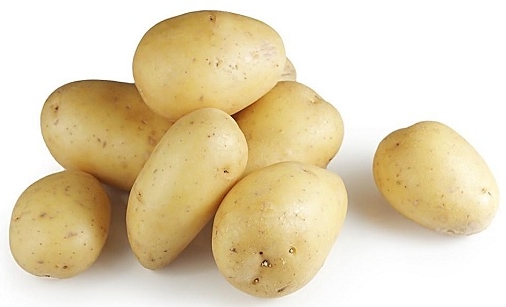Potatoes are widely cultivated globally as both a staple food and a high-quality vegetable. The quality of potato storage directly affects their commercial value and market supply. Cold storage is an effective method to extend the freshness of potatoes and reduce losses caused by diseases such as late blight, ring rot, soft rot, and dry rot. Here are the key considerations for potato cold storage:

1.Cold Storage Preparation Before Loading
10-15 days before storing potatoes, thoroughly clean the cold storage by removing debris. Inspect and maintain equipment (e.g., refrigeration systems, ventilation devices) to ensure proper operation. Then, conduct comprehensive disinfection and sterilization of the storage area (via fumigation or spraying) to eliminate residual pathogens and pests.
2.Potato Preparation Prior to Storage
Before loading, sort out diseased, rotten, damaged, or misshapen potatoes. Place the selected healthy potatoes in a well-ventilated, cool area to air-dry for 2-3 days. This allows the skin to dry, wounds to heal, and the tuber temperature to drop to near the cold storage set temperature (typically 3-5°C). In regions with high incidence of dry rot or soft rot, spray the potatoes with a 800x dilution of 50% (special fungicide emulsion) or 0.2% formaldehyde solution before air-drying, then load them after the surface is dry.
3.Management During Storage
Strictly control environmental parameters during storage: maintain a temperature of 3-5°C (avoid temperatures below 2°C to prevent freezing damage, and above 6°C to inhibit sprouting) and a relative humidity of 85%-90% (to reduce moisture loss).
Arrange potato piles with sufficient gaps: leave space between piles for ventilation and personnel access. The height of each pile is recommended not to exceed 2.5 meters—excessive height may cause poor heat dissipation at the bottom and risk of freezing damage to upper tubers (due to proximity to the cold storage ceiling). Avoid bruising potatoes during handling, as wounds are prone to disease infection.
 China cold storage solution provider
China cold storage solution provider
